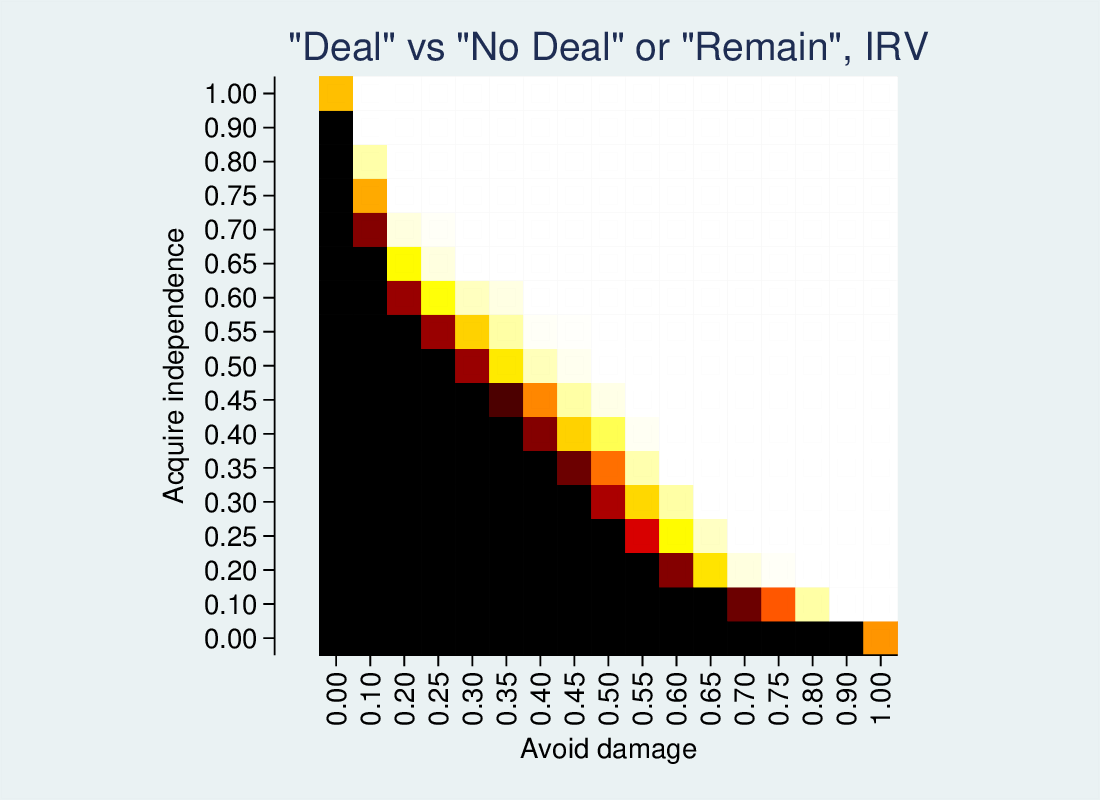The European Commission has started making moves to suggest that countries should stop using daylight saving time, and decide on a year-wide timezone. There is a lot of support for this, particularly for a week or so in late October and late March every year.
Yes, the switches are inconvenient, particularly the spring one, where we lose rather than gain an hour’s sleep. But what are the advantages of DST? The gains that persist through the seasons stand out less than the transient annoyance of the switches. The key idea of DST is that in the summer, dawn is so early that we sleep through lots of daylight. Putting the clocks forward in the spring means one hour of this daylight is shifted to the evening. In Ireland this means we’re on GMT (a little ahead of solar time across the whole country, more so in the west) in the winter, and GMT+1 for the summer.
If DST is abolished, we remain on either GMT+0 or GMT+1 for the whole year. I suspect GMT+1 would be favoured, because it keeps us closer to the continent.
The Irish Department of Justice is seeking feedback on the issue until 30 November 2018. Direct feedback form link

